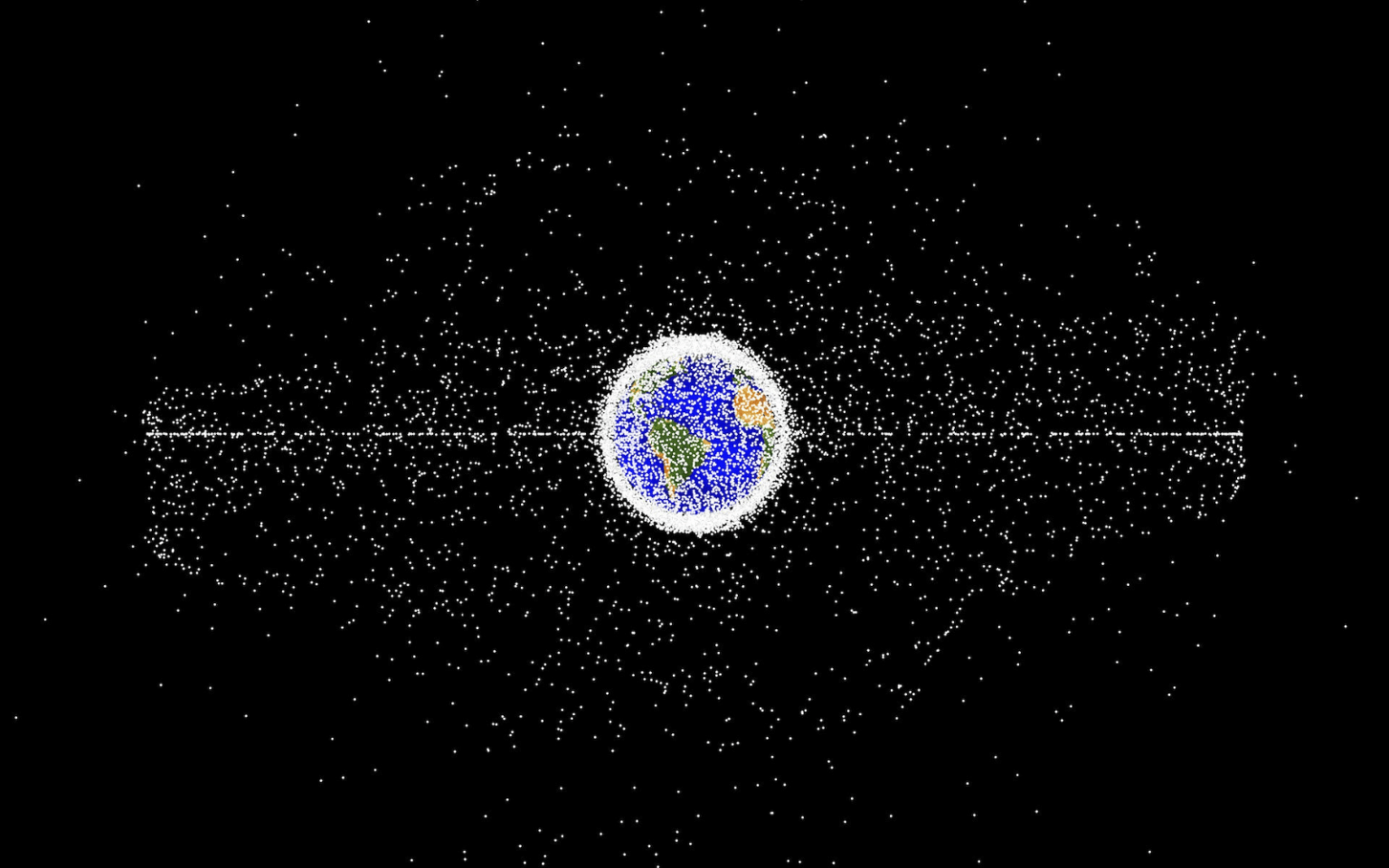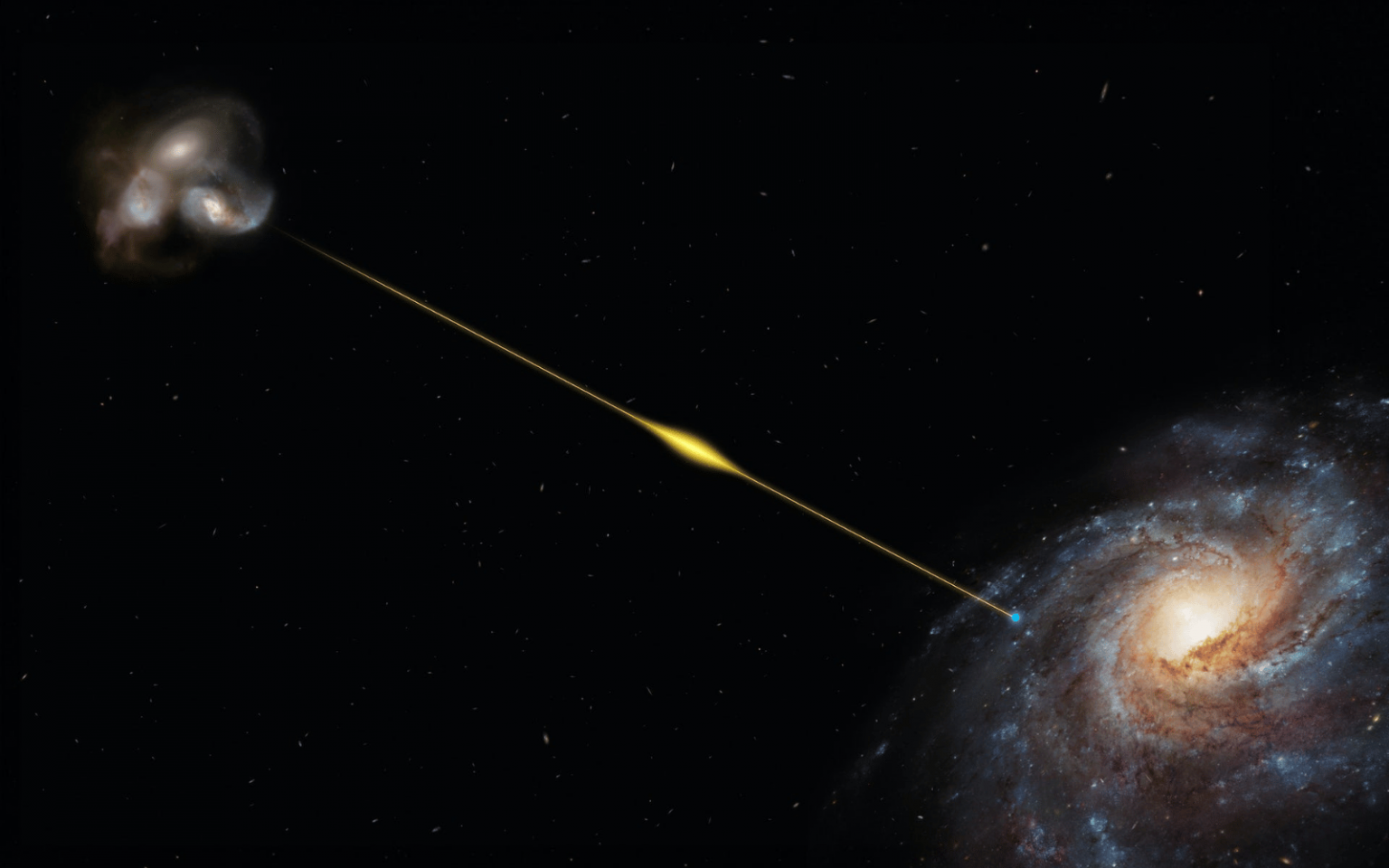As armed conflict continues to play out in the Israel–Gaza war, a separate battle is raging to control the narrative being presented to the world. Eyewitness accounts, verified facts and culturally sensitive reporting are competing with misinformation, political propaganda and irresponsible journalism. This information warfare has real-world consequences. Pro-Palestinian and pro-Israeli protests organised through social media have drawn tens of thousands of people onto the streets, despite anti-protest measures adopted in some countries. The horrific events of the war, along with responses from across the world, underscore the dangers of diplomatic inaction. It also raises questions about the role digital activism plays in shaping the power dynamics that govern…
Author: The Conversation
Our Sun is a steady and everlasting companion. Reliable like a clock, its apparent passage across the sky allows us to measure time. The Sun and its path is also the source of Earth’s seasons. But in many respects, our Sun is far from calm and unchanging. Close up, the Sun shows extensive variation and activity. Bright explosions called flares regularly cause huge outbreaks of radiation. Darker, cooler areas called sunspots emerge, move, change shape and vanish. The Sun also releases material into space in powerful eruptions, called solar particle events. This solar activity varies with time. It peaks every 11 years – and the next…
Only “persons” can engage with the legal system – for example, by signing contracts or filing lawsuits. There are two main categories of persons: humans, termed “natural persons,” and creations of the law, termed “artificial persons.” These include corporations, nonprofit organizations and limited liability companies (LLCs). Up to now, artificial persons have served the purpose of helping humans achieve certain goals. For example, people can pool assets in a corporation and limit their liability vis-à-vis customers or other persons who interact with the corporation. But a new type of artificial person is poised to enter the scene – artificial intelligence systems, and they…
Google, Microsoft and others boast that generative artificial intelligence tools like ChatGPT will make searching the internet better than ever for users. For example, rather than having to wade through a sea of URLs, users will be able to just get an answer combed from the entire internet. There are also some concerns with the rise of AI-fueled search engines, such as the opacity over where information comes from, the potential for “hallucinated” answers and copyright issues. But one other consequence is that I believe it may destroy the US$68 billion search engine optimization industry that companies like Google helped create. For the past 25…
There are rules in war. International humanitarian law regulates what combatants can and can’t do, with the goal of protecting civilians and limiting suffering. Most of these laws were developed during the 19th and 20th centuries. But in our own century a new kind of battlefield has emerged: the domain of cyberattacks, digital campaigns and online information operations. All these have played a heightened role in Russia’s war in Ukraine and, increasingly, in the current Israel–Hamas conflict. There is a persistent myth that cyberspace is a lawless wild west. This could not be further from the truth. There is a…
Have you ever bitten into a nut or a piece of chocolate, expecting a smooth, rich taste, only to encounter an unexpected and unpleasant chalky or sour flavour? That taste is rancidity in action, and it affects pretty much every product in your pantry. Now artificial intelligence (AI) can help scientists tackle this issue more precisely and efficiently. We’re a group of chemists who study ways to extend the life of food products, including those that go rancid. We recently published a study describing the advantages of AI tools to help keep oil and fat samples fresh for longer. Because oils and…
On Oct. 6, news broke that 23andMe, the genomics company that collects genetic material from thousands of people for ancestry and genetic predisposition tests, had a massive data breach. But as it turns out, the company’s servers were not hacked. Rather, hackers targeted hundreds of individual user accounts — allegedly those that had repeated passwords. After gaining access to the accounts, hackers could leverage the “DNA relatives matches” function of 23andMe to get information about thousands of other people. This data breach challenges how we think about privacy, data security and corporate accountability in the information economy. https://youtu.be/3c7YIo97Zs0 Shared information…
If you’ve ever used a dating app, you’ve probably experienced the disappointment of meeting someone who doesn’t look quite like their photos. You may have even been a victim of catfishing, where someone creates a fake identity to deceive or scam others online. But what if someone uses your photos to catfish someone else? Setting up a social media account or dating profile is as easy as entering a name and email address. Platforms do very little to verify users’ identities, making it easy for someone to scam you, harass you – or pretend to be you. There is very little…
Reports this week suggest a near-collision between an Australian satellite and a suspected Chinese military satellite. Meanwhile, earlier this month, the US government issued the first ever space junk fine. The Federal Communications Commission handed a US$150,000 penalty to the DISH Network, a publicly traded company providing satellite TV services. It came as a surprise to many in the space industry, as the fine didn’t relate to any recent debris – it was issued for a communications satellite that has been in space for more than 21 years. It was EchoStar-7, which failed to meet the orbit requirements outlined in a previously agreed debris mitigation…
Every day and night, hundreds of thousands of intense, brief flashes of radiation suddenly flicker on and then off all across the sky. These “fast radio bursts” are invisible to the naked eye, but to a radio telescope many almost outshine everything else in the sky for a few thousandths of a second. Since the first such burst was spotted in 2006, we have found that nearly all of them come from distant galaxies. Most bursts pass unnoticed, occurring outside the field of view of radio telescopes, and never occur again. In new research published in Science, we have found the most distant fast…










